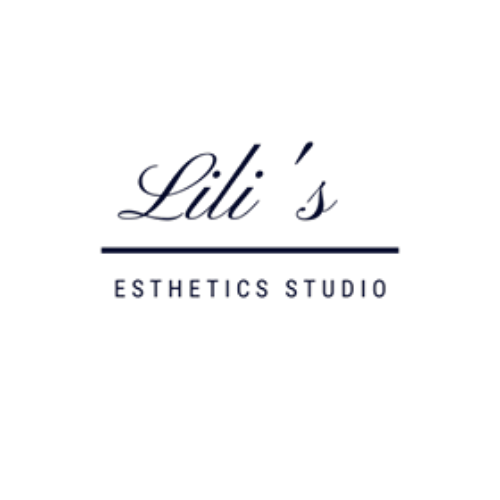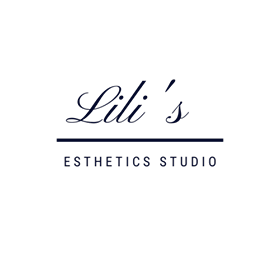Fall is the Perfect Time to Add Retinol to Your Skincare Routine
How Retinol Works
Retinol penetrates deep into the skin, reaching the middle layer called the dermis. Once there, it helps neutralize free radicals and boosts the production of elastin and collagen. This leads to several beneficial effects:
Reduces fine lines and wrinkles
Improves skin texture and tone
Unclogs pores
Increases cell turnover
Evens out skin discoloration
Benefits of Retinol
Retinol offers multiple benefits for the skin:
Anti-aging effects: Reduces the appearance of fine lines, wrinkles, and enlarged pores
Acne treatment: Helps unclog pores and reduce acne breakouts
Skin brightening: Improves uneven skin tone and reduces hyperpigmentation
Texture improvement: Promotes exfoliation for smoother skin
How to Use Retinol
When incorporating retinol into your skincare routine:
Start with a low concentration (0.01% to 0.03%) and gradually increase
Apply in the evening after cleansing and before moisturizing
Begin using it 1-2 times per week, then increase frequency as tolerated
Always use sunscreen during the day, as retinol can increase sun sensitivity
Potential Side Effects
While retinol is generally well-tolerated, some people may experience:
Dryness
Redness
Irritation
Peeling
These side effects usually subside as your skin adjusts to the product.
Retinol is a versatile and effective skincare ingredient that can address multiple skin concerns. Consistent use can significantly improve skin texture, tone, and overall appearance. However, it's important to introduce it gradually and follow usage guidelines to minimize potential side effects.

